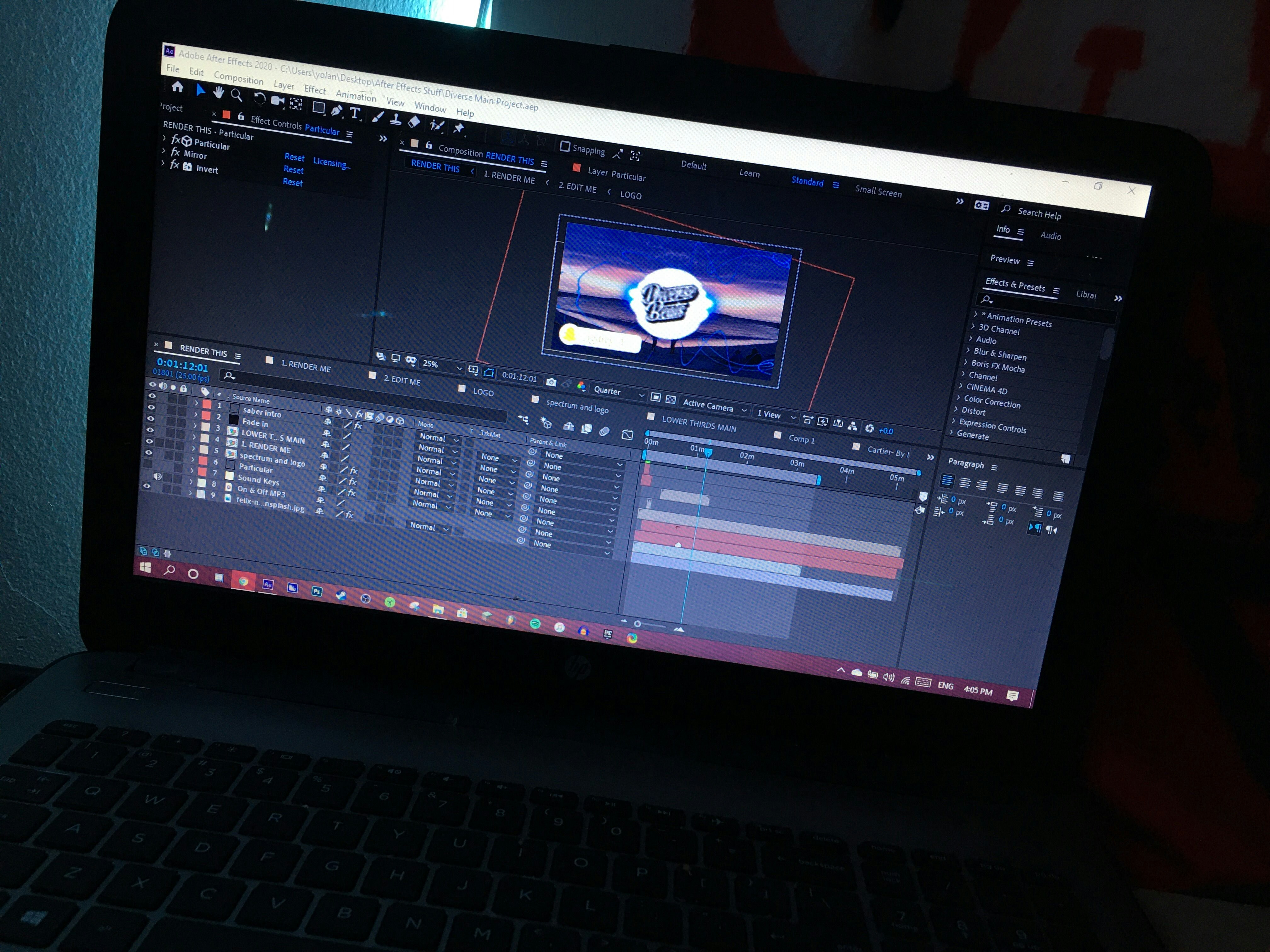
Defining Motion Graphics and Visual Effects
In the realm of digital content creation, motion graphics and visual effects (VFX) are two prevalent techniques used to enhance storytelling. Motion graphics primarily focus on animations and text that create the illusion of movement, while VFX involves the integration of digitally created imagery into live-action footage. Understanding these differences is crucial for creators who want to utilize the right technique for their projects.
Applications in Various Industries
Both motion graphics and VFX find applications across multiple industries. For example, in explainer video animation, motion graphics are often employed to simplify complex concepts through engaging visuals and animations. Conversely, visual effects in video can add depth, such as creating dramatic environments or characters that enhance the narrative of a commercial or film. Knowing when to implement each technique can significantly impact the effectiveness of your content.
Enhancing Creative Video Design
When combining motion graphics and VFX, creators can take advantage of video enhancement techniques that elevate the overall quality of their projects. From music videos featuring dynamic visuals to commercials that require seamless integration of special effects, both techniques play a vital role. By mastering the art of motion graphics vs VFX, you can enrich your creative video design and deliver compelling content that resonates with your audience.
